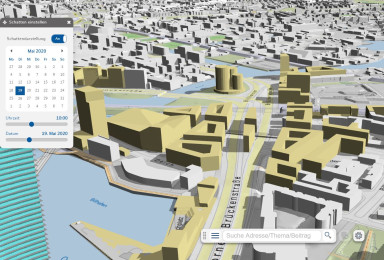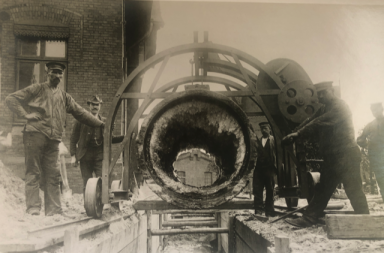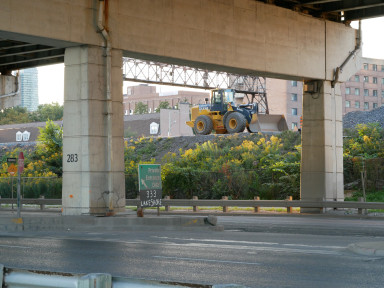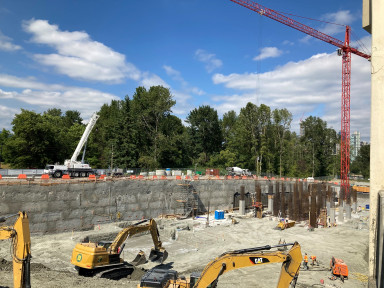How digital urban twins come into being
An investigation of the contextual implementation of digital urban twin technology
Data and digital technologies are becoming increasingly important for cities. In particular, the emerging phenomenon of digital urban twins (DUTs) has attracted increasing attention. Yet, very little attention has been paid to their implementation process. However, technology is never neutral; it is shaped by the context in which it is produced.1 To investigate how DUTs come into being and how a city is translated into technology, this research focuses on the implementation of DUTs. It sheds light on local contexts, actors, and institutional pillars. Insights into the DUTs provide an understanding of the city as a complex system and of normative discussions: how digital transformation is shaped and thus, in turn, shapes urban futures.
- digital twins
- digital cities
- digital urban transformation
Context
With their ability to map cities and to predict and simulate interventions, DUTs have significant impacts on cities. They become performative by (re)producing the city. Thus, this digital technology is more than a mere image of reality. Michael Batty summarizes it as follows: ‘If our methods and models are now part of the system, they become part of the real thing’.2 The DUT thus creates and impacts realities and can be understood as a new way of thinking and acting.
However, despite the seemingly neutral facade of digital models and technology, their production is inherently discursive and socially influenced by modes of urban governance, institutions, and actors. To ‘translate’ a city as a complex system into code and data, a reduction is inevitable in order to create a digital twin model. This has a significant impact on the functionality and intention of the twin. It can be assumed that especially ‘actors’, ‘institutions’, and ‘discourses’ shape DUTs locally and, consequently, shape urban futures.
Aims
To understand how DUTs shape urban futures, this research focuses on the implementation of this new technology. Thus, this project raises the following research questions: How are digital urban twins implemented? How does the specific local context shape the implementation of digital urban twins and, consequently, urban futures? And subsequently: To what extent is the concept of a digital twin transferable to the complex system of the city, and what are the resulting consequences? How, by whom, and through what are the implementations of digital twins shaped? This research aims to disentangle the relationships and interplay between context-based and technology/code-based factors in the making of DUTs using a comparative approach. First, it investigates the variance in the development of digital twins, and second, it aims to identify how and by what this variance is shaped. On a broader scale, systematic differences and influencing factors will be derived and discussed within two areas: First, (1) the feedback loop between the physical city and the digital model (performativity of digital technologies), and (2) the distinct role of the local (planning) context. As a result, this dissertation contributes to the ongoing debate on digital transformation processes and deepens the knowledge and understanding of DUTs. Overall, the thesis strives to make a contribution to the future design and development of digital technologies in urban contexts. The findings will be reflected back into practical applications to bridge the gap between academia and real-world practice.
Research design
The research is divided into three parts. Part 1 establishes a theoretical framework that examines the role of digital twin models and their impact on cities. Parts 2 and 3 are dedicated to a comparative case study analysis of specific DUT implementations in Hamburg, Munich, and Leipzig. This study scrutinizes the implementation process by investigating the constellation of involved actors, planning cultures, and bodies of knowledge. Using an iterative research design and qualitative methods, the work sheds light on the factors that shape these implementations. Within this research, it is argued that leading discourses, institutional settings, and involved actors significantly shape the different projects of digital urban twins in their respective local contexts. Consequently, independent and dependent variables of the three aforementioned areas will be identified and examined. A comprehensive literature review will be conducted to elucidate the current state of research and to provide a solid theoretical framework for this doctoral research. This project incorporates elements of the ‘actor-network’ theory to explore the digital assemblage.
Supervisors:




